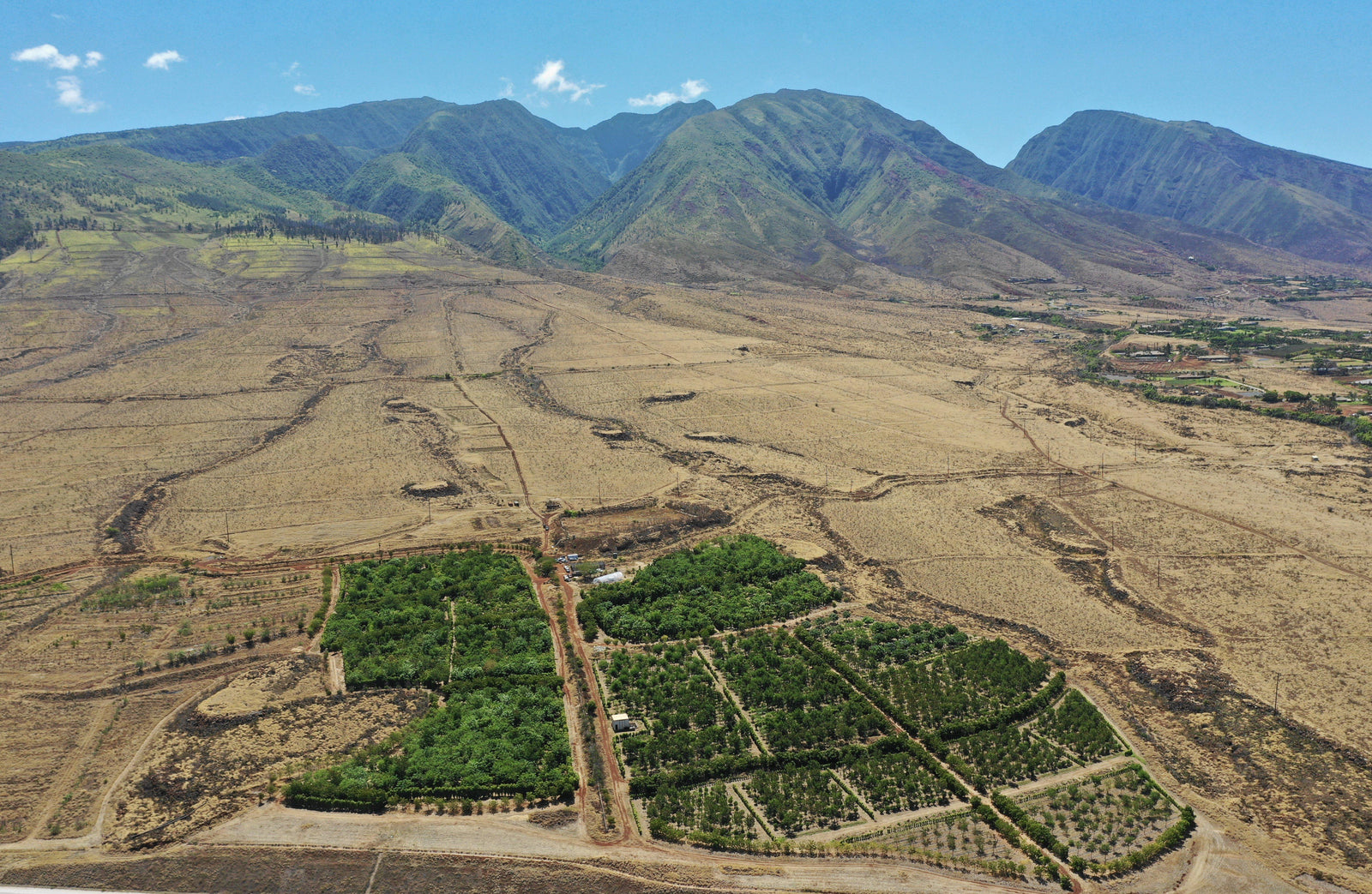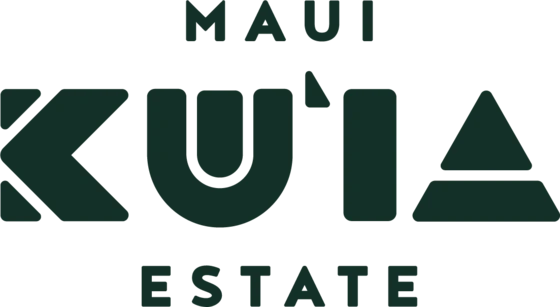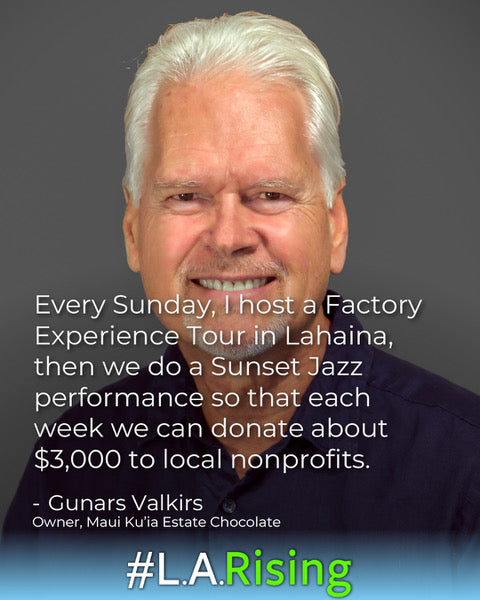
Dan O’Doherty is the secret ingredient in Maui Ku’ia Estate Chocolate. After graduating with a masters degree in botany, Dan researched cacao plants with the University of Hawaii (UH). At that same time, Gunars Valkirs, the CEO and visionary behind Ku’ia, had just moved to Maui, and he volunteered to be part of the UH research, which lead to Dan growing and monitoring cacao trees in Gunars’ backyard. Gunars had always dreamed of cultivating grape varietals in his own vineyard, and this cacao research was a small realization of that dream. Dan and Gunars came up with the idea of growing cacao like wine, which had never been done before, and shortly after, Maui Ku’ia Estate Cacao Farm was born.

In addition to designing the architecture of the Maui Ku’ia Estate Cacao Farm and sourcing all of Ku'ia’s cacao, Dan runs his own company, Cacao Services, Inc, that provides consulting services to cacao farms all over the world. While working abroad, Dan looks for speciality cacao for Ku’ia to buy to supplement the Maui-grown cacao for a diverse and complex offering of chocolate bars.

This spring, Dan’s work brought him to Ecuador, and I called him up to learn about his trip. The following is excerpted from that phone call.
You just got back to Maui from Ecuador. What were you doing there?
I spoke at the World Congress of Cacao on the importance of good harvest and post-harvest processes. Most cacao farms in Ecuador sell on the commodity market which neither rewards nor penalizes for either quality or ethical practices.
Ecuador has a long and storied history on cacao. They have their own type of cacao called “Nacional” that is famous for its quality. Despite this cacao culture, their processing is typically bad.

A lot of people throw in underripe, overripe, and even diseased cacao seeds. Garbage in, garbage out. How often the ferment is rotated and aerated become somewhat irrelevant if the starting materials are bad. Imagine the cacao as a fruit you would eat out of hand like an apple or a pear. You wouldn’t go to the grocery store and randomly pick out an apple with black spots or bruises. Think about it like that. Don’t put anything in your ferment that doesn’t look like a fruit you would want to eat.

You can always exclude the damaged materials and still sell that on the commodity market. We will segregate high quality material and low quality material. We will retain and export the high quality materials. We will process the bad material and sell to the commodity buyers because it does not matter to them.
It sounds like you can greatly increase the profits for these farms?
The high quality cacao is relatively small volume, but the producers often get 2 to 3 times the market price after they revise their post-harvest process and sell to the speciality chocolate market.

And after the conference? You were there longer than 3 days...
I go every year because that is the main single-origin cacao source for Ku’ia until the Maui farm produces at full capacity. These trips at the beginning of the harvest season are to make sure the facilities are ready for the process and to assess the quality of the crop. Within 2 weeks, they will be harvesting massive volumes. With Ku’ia, we buy 12.5 tons a year of that speciality cacao. That is the base cacao for all of our flavored bars. Instead of a random genetic mix of cacao trees, they only have 3 varietals. And they have a very modern processing facility that I designed.

I assessed the forecast for the harvest. So far, this year is looking good for productivity, but it is still raining at the start of the dry season. If this rain continues, there will likely be a significant crop loss because of disease. The problem in Ecuador, and other South American countries, is that they have 2 devastating fungal diseases. When weather conditions are bad, you watch 50% to 70% of the crop rot on the trees. It looks good now, so we are prepared for high volume output, but if these rains don’t stop, we will face some problems.
Who is the “we” in that sentence?
The family that I work with that owns the estate in Ecuador, Costa Esmeraldas. I worked for them before I started working for Ku’ia. I built this cacao origin to be the premier supplier of Ecuadorian cacao for the US craft chocolate market. Part of my responsibility of the de-facto partnership with Costa Esmeraldas is making sure the company can stay viable.

Here is the thing. The cacao industry generally relies on extremely high volumes and low margins. That’s why you just crank it in and crank it out. Selling at double or triple market prices requires a different process. It typically requires a lot more work and attention to detail, but the higher quality infrastructure and overall attention to process leads to a significantly higher quality product.





Leave a comment (all fields required)